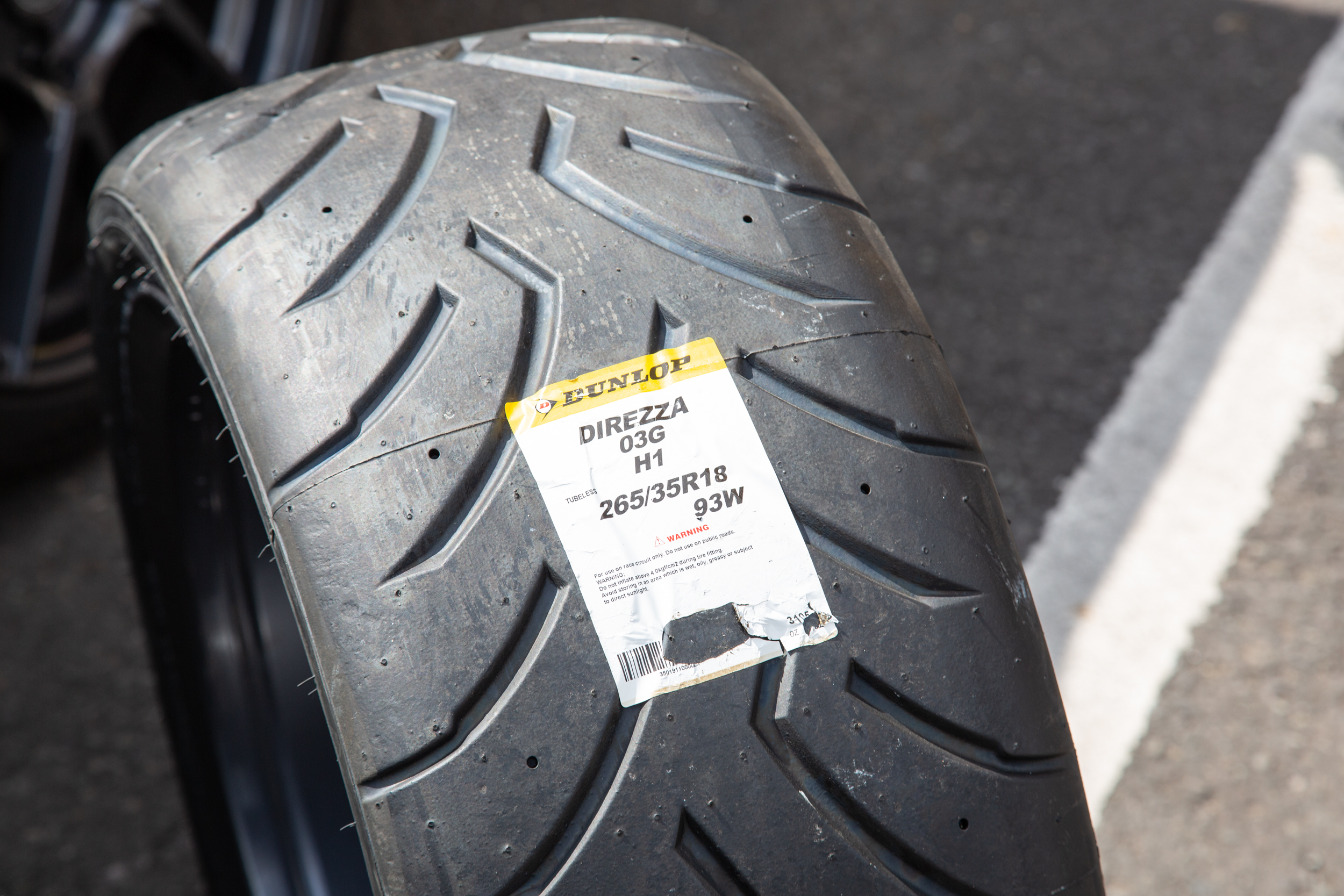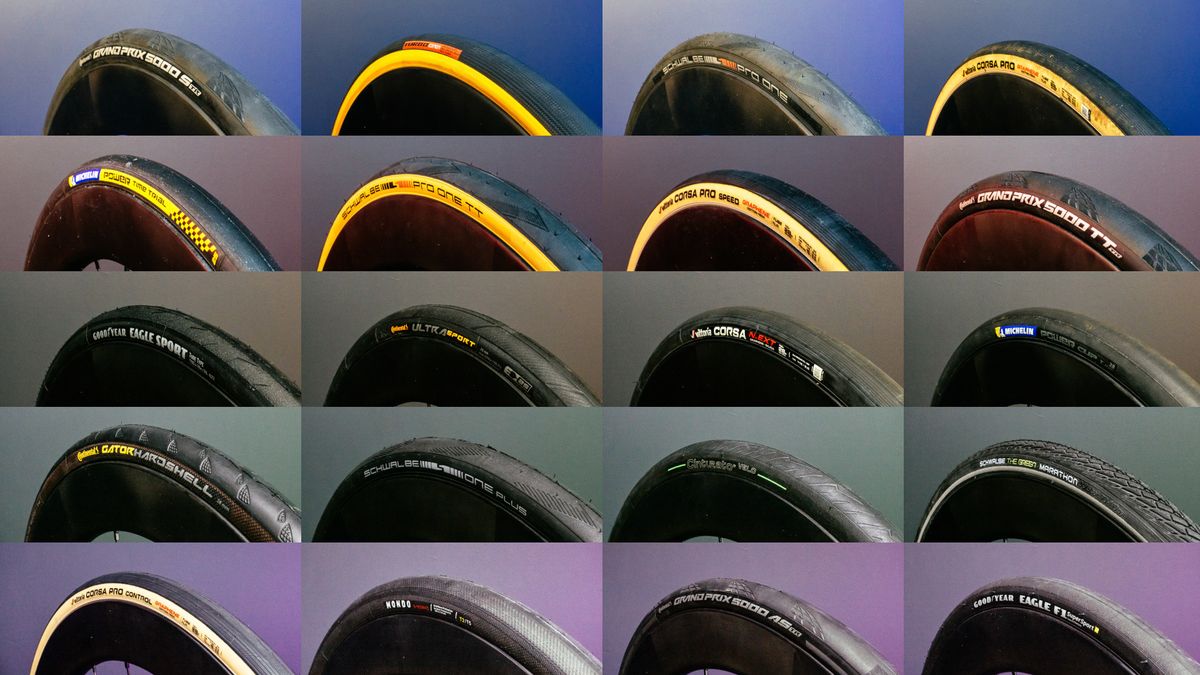All Categories
Featured
Table of Contents
The Michelin used a comfy driving experience, characterised by responsive steering and a progressive understeer balance. In spite of the cooler screening conditions, Michelin's constant time and hold over 3 laps suggests its suitability for real-world applications. Conversely, Yokohama's efficiency was distinct. While its super-quick steering led to a rapid front axle turn, the rear showed a propensity to turn a lot more.
The tyre's initial lap was a 2nd slower than the 2nd, directing to a temperature-related hold rise. For daily usage, the Michelin might be a much safer wager.
All-season Tyres Near Me – Caversham
It shared Michelin's risk-free understeer balance but did not have the latter's willingness to transform. Continental and Goodyear's performances were significant, with Continental's brand-new PremiumContact 7 revealing a substantial renovation in damp problems compared to its precursor, the PC6. This model was much much less conscious fill adjustments and acted similar to the Michelin, albeit with somewhat much less interaction at the limit.
It incorporated the secure understeer equilibrium of the Michelin and Continental with some flashy handling, confirming both foreseeable and quick. As an all-rounder for this Golf GTI, Goodyear's Crooked variety was the standout, demonstrating remarkable efficiency in the wet. The Bridgestone Potenza Sport took the crown as the fastest tire, albeit by a little margin.
Vehicle drivers looking for an amazing wet drive might discover this tire worth thinking about. The standout performer in damp braking was the newest tire on examination, the PremiumContact 7, though the results are nuanced.
Affordable Tyre Maintenance Near Me
Ideally, we wanted the cool temperature test to be at around 5-7C, but logistical hold-ups indicated we checked with a typical air temperature level of 8C and water at 12C. While this was cooler than typical test problems, it was still warmer than real-world problems. The warm temperature test was done at a standard of 18C air and 19C water.
The 3rd run included wet stopping examinations on used tyres, especially those machined down to 2mm with a tiny encounter. While we intended to do more with these worn tires, climate restrictions restricted our screening. It's worth noting that damp stopping is most critical at the worn state, as tires normally improve in dry conditions as they wear.

Bridgestone, Goodyear, and Michelin saw the least performance decrease when worn. The Hankook tyre registered the smallest performance drop as temperature levels cooled down, however it was amongst the most impacted when worn.
Tyres – Caversham
The take-home message below is that no solitary tire succeeded in all elements of damp stopping, showing a complicated interaction of factors affecting tire efficiency under various problems. There was a standout tire in aquaplaning, the Continental ended up top in both straight and curved aquaplaning, with the Michelin and Goodyear likewise excellent in much deeper water.

Yokohama can gain from slightly more grasp, a concern possibly influenced by the colder problems. When it comes to handling, all tyres carried out within a 2% array on the lap, showing their premium performance (Tyre care). Considering these tires basically target the very same client, it's intriguing to observe the significant differences in feel.
The shock is because the PremiumContact 6 was among my favourites for sporty dry drives, but its follower, the PremiumContact 7, seems elder and resembles Michelin's efficiency. Among these, Hankook was the least accurate in steering and communication at the restriction. Tyre replacement. Both Michelin and Continental provided charming preliminary guiding, albeit not the fastest
If I were to recommend a tire for a fast lap to a novice, say my papa, it would certainly be just one of these. We have the 'enjoyable' tyres, specifically Yokohama and Bridgestone. Both were swift to guide and felt sportier than the others, yet the trade-off is an extra playful back side, making them extra difficult to deal with.
Best Car Tyre Fitting Near Me
It supplied similar steering to Bridgestone but provided much better comments at the limitation and better hold. The Bridgestone Potenza Sporting activity, nonetheless, appeared to break down quite swiftly after just three laps on this demanding circuit. There's Goodyear, which placed itself somewhere between the enjoyable tires and those having a tendency in the direction of understeer.
All in all, these tyres are outstanding performers. In terms of tire wear, the approach made use of in this examination is what the industry refers to as the 'gold requirement' of wear.
Both the Bridgestone and Yokohama tyres substantially underperformed in contrast to the various other 4 tires in terms of rolling resistance, with Continental somewhat outperforming the remainder. Relating to the convenience degree of the tires, as anticipated, the majority of demonstrated an inverted relationship with handling. The Continental, Michelin, and Goodyear tires executed finest throughout different surface area kinds examined.

Bridgestone began to show indications of firmness, while Yokohama was specifically rough over craters. We did determine inner noise levels; nonetheless, as is often the instance, the outcomes were very closely matched, and as a result of weather constraints, we were not able to conduct a subjective evaluation of the tires sound. We looked at abrasion numbers, which measure the quantity of tire tread lost per kilometre, normalised to a one-tonne vehicle.
Tyre Tuning
This figure stands for the quantity of rubber dust your tyres produce while driving. Michelin led in this category, creating over 9% less rubber particle matter. On the various other hand, Hankook produced 32% more. This is an element I think the sector ought to concentrate on more in the future, and it's something Michelin is supporting.
Latest Posts
Tyre Maintenance Near Me ( Bayswater)
Top Tyre Repair Services
Best Budget Tyres Near Me